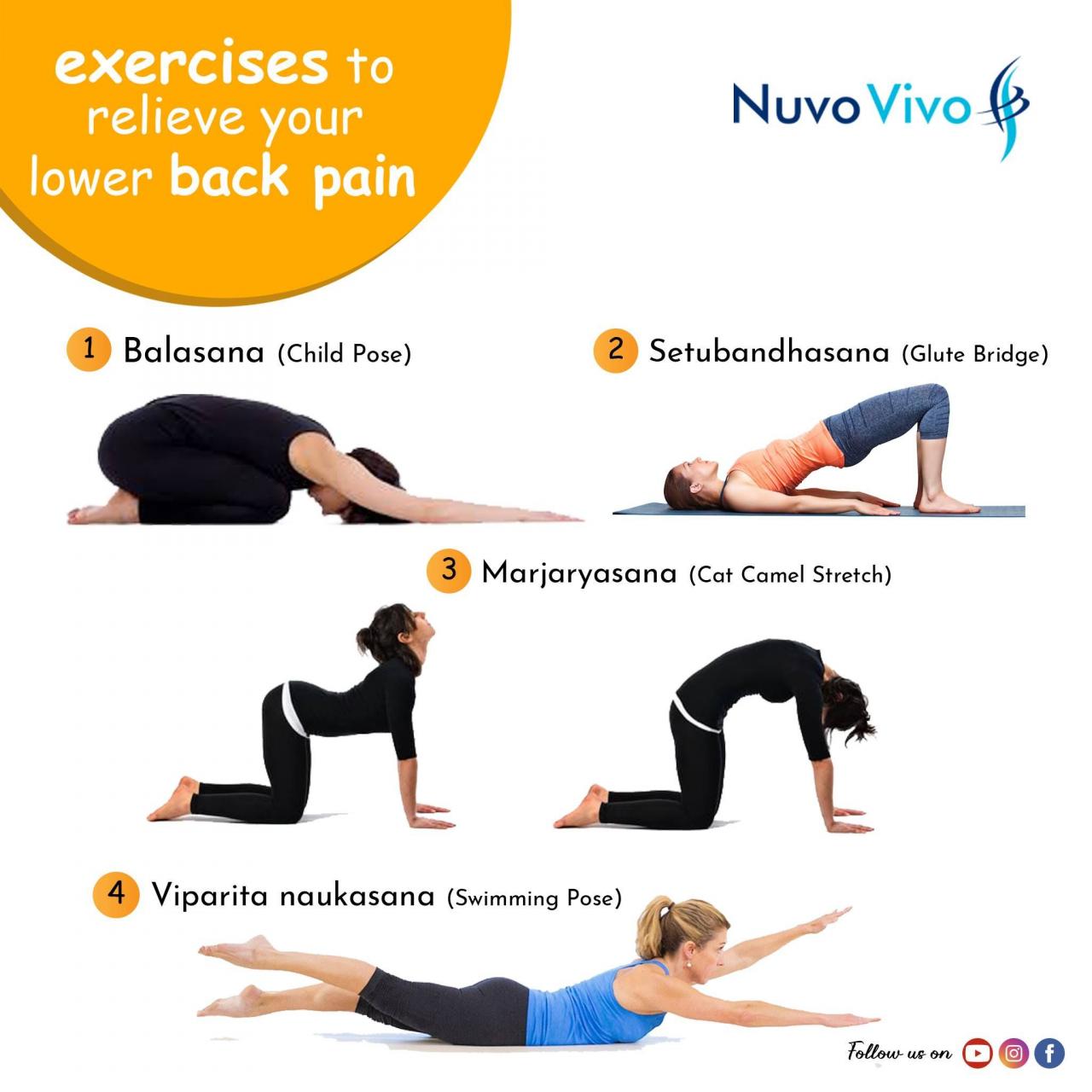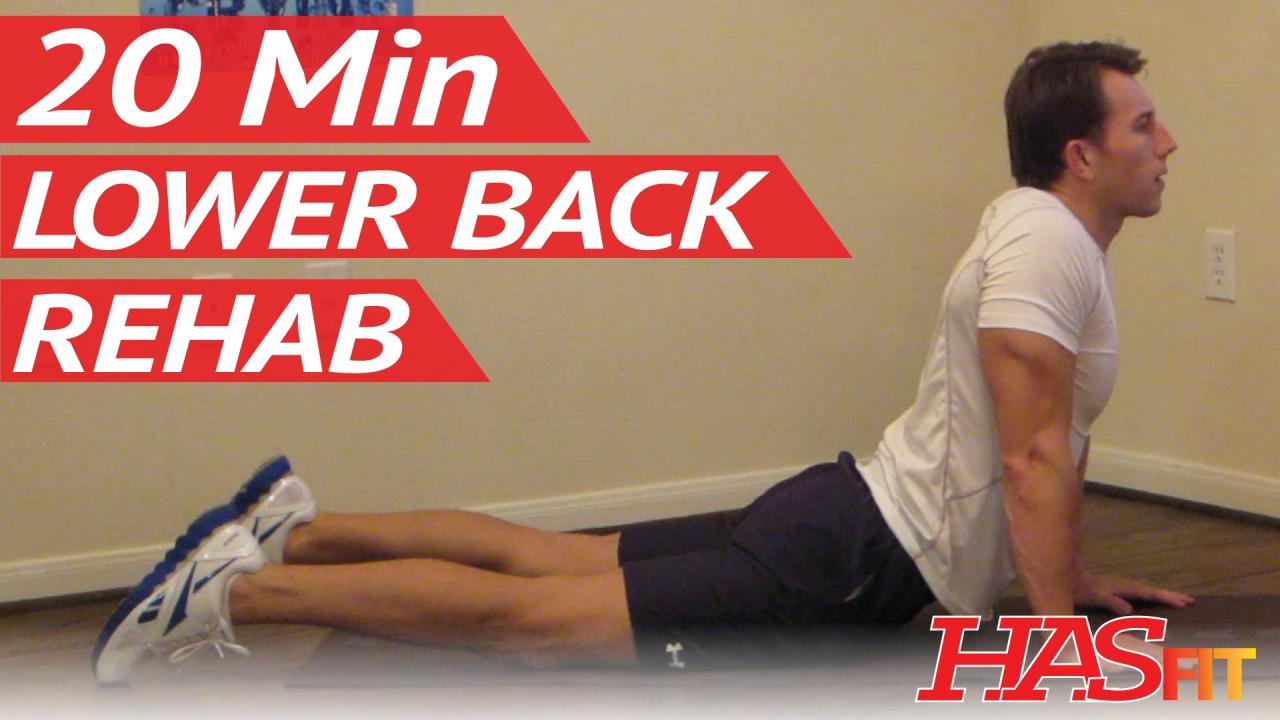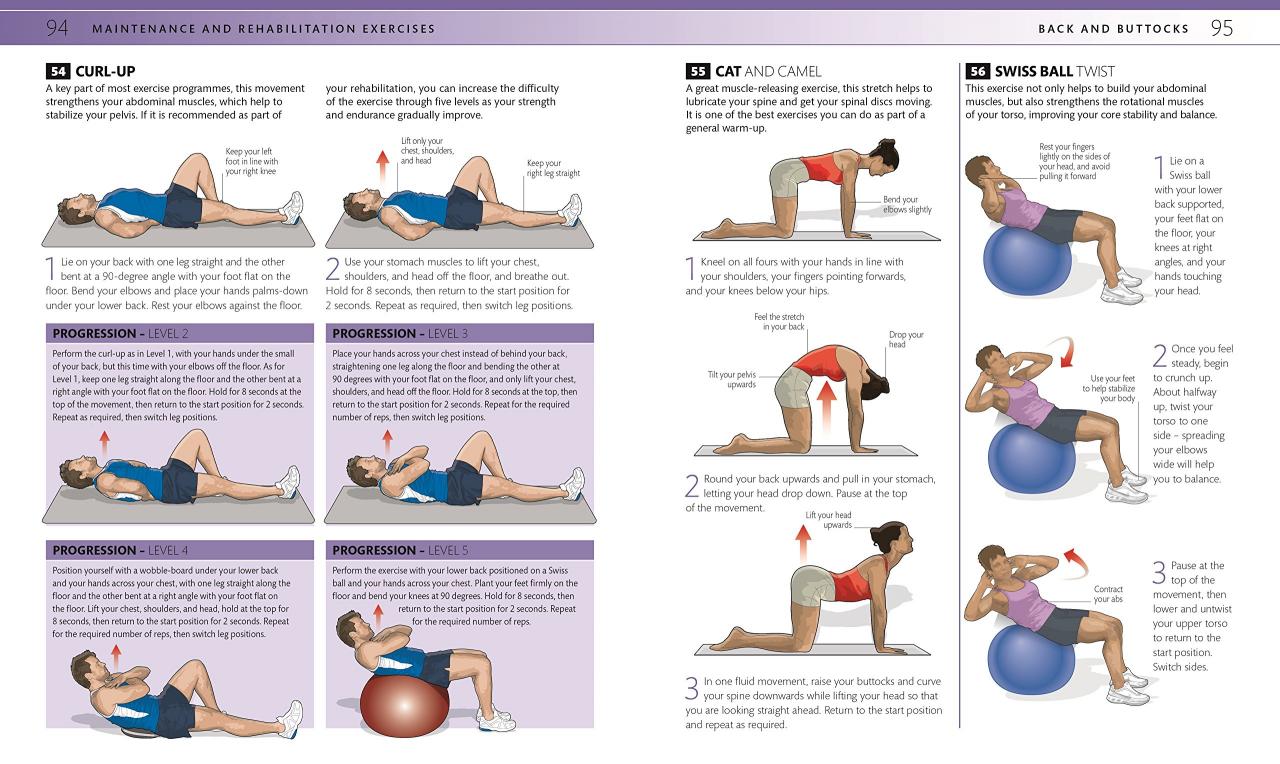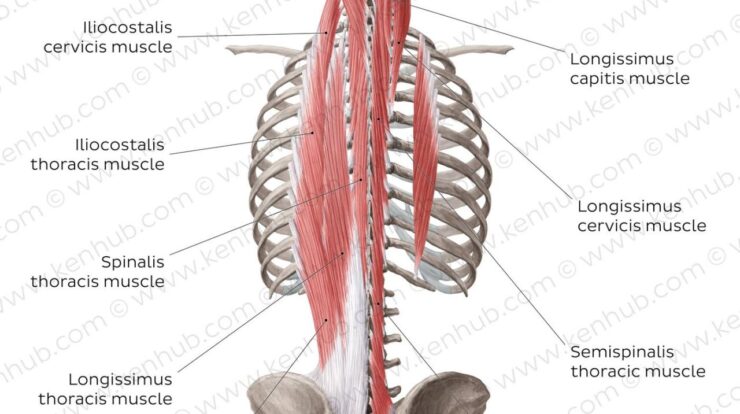
Lower back exercises at home can provide significant benefits for improving posture, reducing pain, and increasing mobility. Whether you’re experiencing lower back pain or simply want to maintain a healthy spine, incorporating these exercises into your routine can make a world of difference.
In an amusing incident, a michigan grocery store sign woman reddit has gone viral, showcasing the humorous side of daily life. On a more serious note, experts have delved into the causes of back pain, highlighting the role of stiff and tight muscles in triggering discomfort.
This comprehensive guide will explore the anatomy of the lower back, common causes of pain, and the benefits of regular exercise. We’ll also provide a detailed list of exercises you can perform at home, along with proper form and technique guidelines.
Lower Back Anatomy

The lower back, also known as the lumbar spine, consists of five vertebrae (L1 to L5) that form a curve to support the weight of the upper body and provide flexibility.
Each vertebra has a body, two pedicles, two transverse processes, and a spinous process. The bodies of the vertebrae are stacked one on top of the other, and the pedicles extend from the sides of the bodies to form the vertebral canal, which contains the spinal cord.
The transverse processes extend laterally from the vertebrae and provide attachment points for muscles and ligaments.
The lower back is supported by a network of muscles and ligaments. The main muscles of the lower back include the erector spinae, which run along the length of the spine and help to extend and rotate the spine, and the quadratus lumborum, which runs from the pelvis to the lower ribs and helps to stabilize the spine.
In a heartwarming tribute to mothers, happy mother’s day greetings have been shared widely, expressing love and gratitude. Meanwhile, happy mothers day wishes have also been exchanged, filled with heartfelt sentiments.
Table: Lower Back Anatomy, Lower back exercises at home
| Structure | Description |
|---|---|
| Vertebrae | Five bones that form the lower back |
| Pedicles | Extensions from the sides of the vertebrae that form the vertebral canal |
| Transverse processes | Extensions from the vertebrae that provide attachment points for muscles and ligaments |
| Spinous process | Extension from the back of each vertebra |
| Erector spinae | Muscles that run along the length of the spine and help to extend and rotate the spine |
| Quadratus lumborum | Muscle that runs from the pelvis to the lower ribs and helps to stabilize the spine |
Causes of Lower Back Pain: Lower Back Exercises At Home

Lower back pain is a common problem that can be caused by a variety of factors, including:
- Muscle strain
- Herniated disc
- Arthritis
- Sciatica
- Osteoporosis
- Spinal stenosis
Table: Risk Factors for Lower Back Pain
| Risk Factor | Description |
|---|---|
| Age | Lower back pain is more common in older adults |
| Obesity | Excess weight puts strain on the lower back |
| Smoking | Smoking damages the discs in the spine |
| Physical activity | People who are physically inactive are more likely to experience lower back pain |
| Occupation | Jobs that require heavy lifting or prolonged sitting can increase the risk of lower back pain |
| Genetics | Some people are more likely to develop lower back pain due to their genes |
Epilogue

By following the recommendations Artikeld in this guide, you can effectively strengthen your lower back, reduce pain, and improve your overall well-being. Remember to listen to your body and seek professional help if you experience any discomfort or pain that persists or worsens.
Question Bank
How often should I perform lower back exercises?
Aim for 2-3 sessions per week, allowing for rest and recovery between workouts.
What are some modifications I can make if I have lower back pain?
Start with gentle stretches and gradually progress to strengthening exercises. Use proper form and avoid any movements that cause pain.
Finally, research has emphasized the importance of regular exercise as the key to preventing flexibility issues. Studies have shown that explain why regular exercise is the best way to prevent flexibility issues. This is due to the fact that exercise helps to improve muscle elasticity and range of motion, reducing the risk of stiffness and injury.
How long should I hold each stretch or exercise?
Hold stretches for 20-30 seconds and perform strengthening exercises for 10-15 repetitions.






